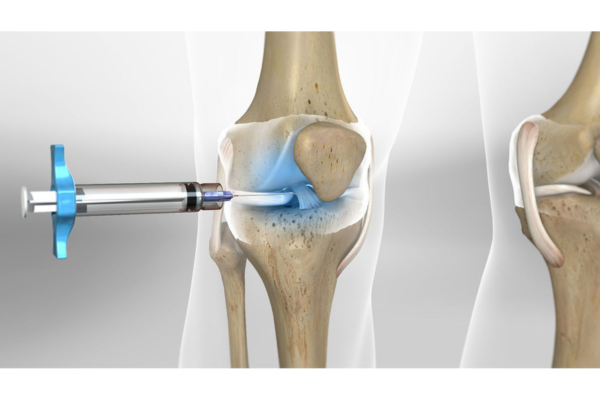Knee replacement surgery, also known as knee arthroplasty, is a common procedure recommended for people with severe knee damage that limits mobility or causes persistent pain. This surgical process involves replacing damaged or worn parts of the knee joint with artificial components. While it may sound complex, understanding each step of the surgery can offer clarity about what happens during the procedure.
Anesthesia Is Administered
The surgeon begins knee replacement surgery by administering anesthesia to keep you comfortable during the procedure. They choose the type of anesthesia based on your medical needs and their approach to care. Options include general anesthesia, which completely sedates you, or regional anesthesia, like a spinal block, which numbs the lower half of your body while you stay awake. Before giving the anesthesia, the anesthesiologist reviews your medical history and discusses the best option with you. They then set up monitoring equipment to track your vital signs, such as heart rate, blood pressure, and oxygen levels, throughout the surgery.
Damaged Tissue Is Removed
Once anesthesia takes effect, the surgeon begins by addressing the damaged portions of your knee. This involves:
- Making the Incision: A precise incision is made to access the knee joint.
- Evaluating the Joint: The surgeon carefully examines the joint to identify areas of damage.
- Removing Damaged Tissue: Worn-out cartilage and bone are removed from the knee, leaving a clear surface for implant placement.
This step is beneficial for preparing the joint to receive the artificial components that will restore function and ease discomfort.
Implants Are Positioned Carefully
The surgeon removes the damaged tissue and places the implants, which mimic the movement and stability of a healthy knee. They shape the bone surfaces to fit the implants and position the replacement components securely. To add stability, the surgeon anchors the components to the bone with surgical cement. They check the joint’s alignment and movement, making sure the new parts function smoothly during motion. Once the surgeon is satisfied with the results, they close the incision and apply a bandage to support healing. This process restores mobility and reduces pain for the patient.
Incision Is Closed Securely
Once the implants are positioned, the surgical area is carefully closed in several steps:
- Reattaching Soft Tissue: Muscles and tendons surrounding the knee are repositioned and secured in their proper place.
- Closing the Incision: The skin incision is closed using sutures, staples, or surgical adhesives, depending on the surgeon’s preference.
- Applying a Sterile Dressing: A protective bandage is placed over the incision to safeguard the area from infection and promote healing.
Closing the incision securely is necessary to support recovery and minimize complications after surgery.
Talk to a Surgeon About Knee Replacement
Knee replacement surgery is a well-established procedure designed to improve mobility and lessen discomfort caused by joint damage. If you’re exploring this surgery, consulting an experienced surgeon is the best step forward. They can assess your individual needs, discuss the details of the process in your case, and guide you through your options. Knowing what happens during the surgery can make the experience less daunting and more manageable.









Leave a Reply